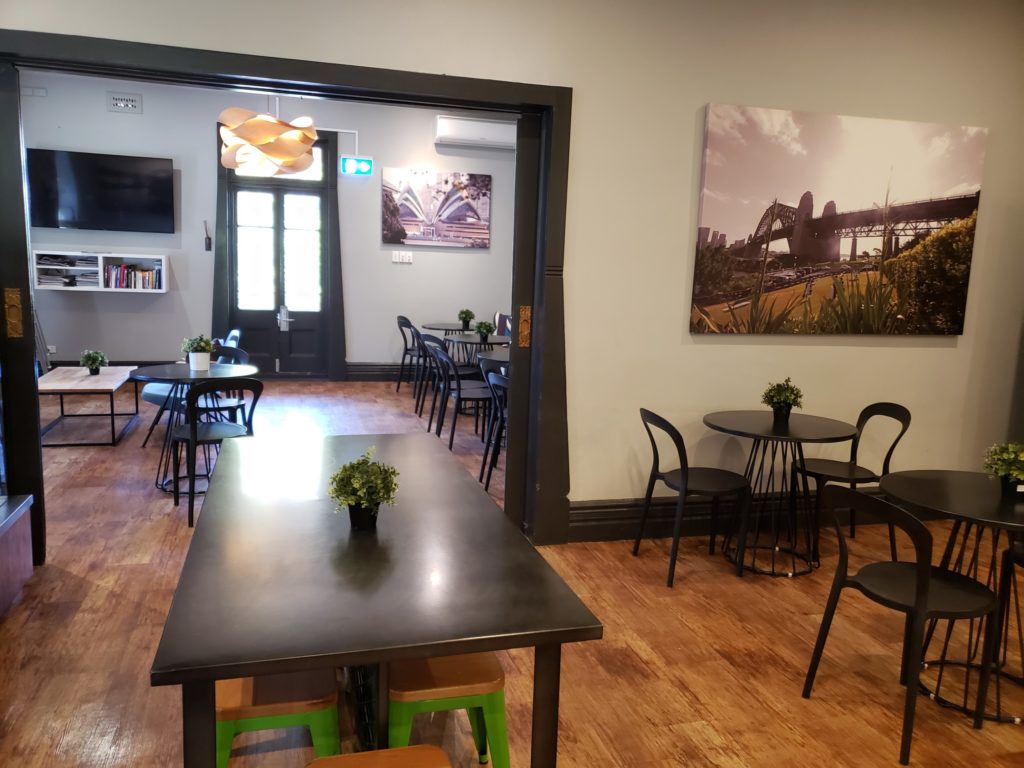
There were various places to visit and/or investigate, and between the ferries, trains, and hikes, they were all easily accessible. The breakfast provided at the Glenferrie Lodge was plentiful and good. The locals seem to favor tomatoes, baked beans, and Weetbix for ‘brekkie’. Also, the coffee here is excellent. A brother from New Zealand told me later that Starbucks tried to find a market here, but no one went because the plain, everyday coffee here is so much better no matter where you go; largely because Italian immigrants brought their coffee culture with them when migrating years ago.
While eating breakfast on the patio under a roof, a kookaburra flew over and landed nearby. You could hear their unique call as well as those of magpies and many other unidentifiable bird in the trees around the garden. I was told by a lady sitting nearby that it wasn’t a good idea to feed them as it encourages swooping. In fact a lady tried a moment later to sit out in the garden with her breakfast and was chased back in by some birds who stole her ham.
I headed into the city across the Sydney Harbor Bridge, mainly because I wanted to take in the view. It was about a thirty minute walk in total, since I stopped frequently to take pictures and generally identify to anyone passing that I was a tourist. I got the phone and bank account sorted, and then it was off to visit Hyde Park. There was an ‘Anzac’ memorial I wanted to see there. Anzac stand for ‘Australian and New Zealand Army Corps’. There are memorials all over honoring those who fought and died in The Great War. This particular one featured a large building with a reflecting pool and fountain along with a 22 foot high (7 Meter) sculpture featuring four standing gun cartridges and three fallen ones. I have to confess that at the time I didn’t know what Anzac stood for, but mainly just wanted to stand next to big bullets…
The park was neatly laid out and filled with large, beautiful fig trees among many other kinds of trees and plants. I stopped at a fountain depicting Greek mythological figures and offered to take a picture for two elderly Chinese people who spoke no English. They were thankful and took one for me as well. I also found the brothers and sisters on the carts and said hi. They had come from an hour and a half away as part of a special initiative. At the far end of the gardens was the start of the Royal Botanic Gardens.
The gardens were populated with figs, figs, and more figs, but also with bottle trees, Gum trees, cockatoos, the ubiquitous white ibis birds, and a host of different flowers. There were also 24 fiberglass koala sculptures painted in different ways. The purpose for these was to raise awareness about the importance of protecting these indigenous animals. I had read that the koala is officially considered functionally extinct with only 80,000 remaining in the wild. What this means is that there are not enough animals left to ensure the survival of the species. Place this fact next to the National Geographic I saw in the Brisbane airport about the death of the last male Northern White Rhino, and you realize how much damage mankind has done to the world. Who would have thought while watching Mutual of Omaha animal shows back in the 1980s that many of those animals would be gone in my lifetime? At least there in the park there were living things aplenty, and a glimpse into what the whole world will look like very soon. What would we do without the scriptural hope for a solution to all of these kinds of problems?
Speaking of the Truth, I had a meeting to get to. The Gardens, and supposed resident colony of flying foxes, would keep for another time.


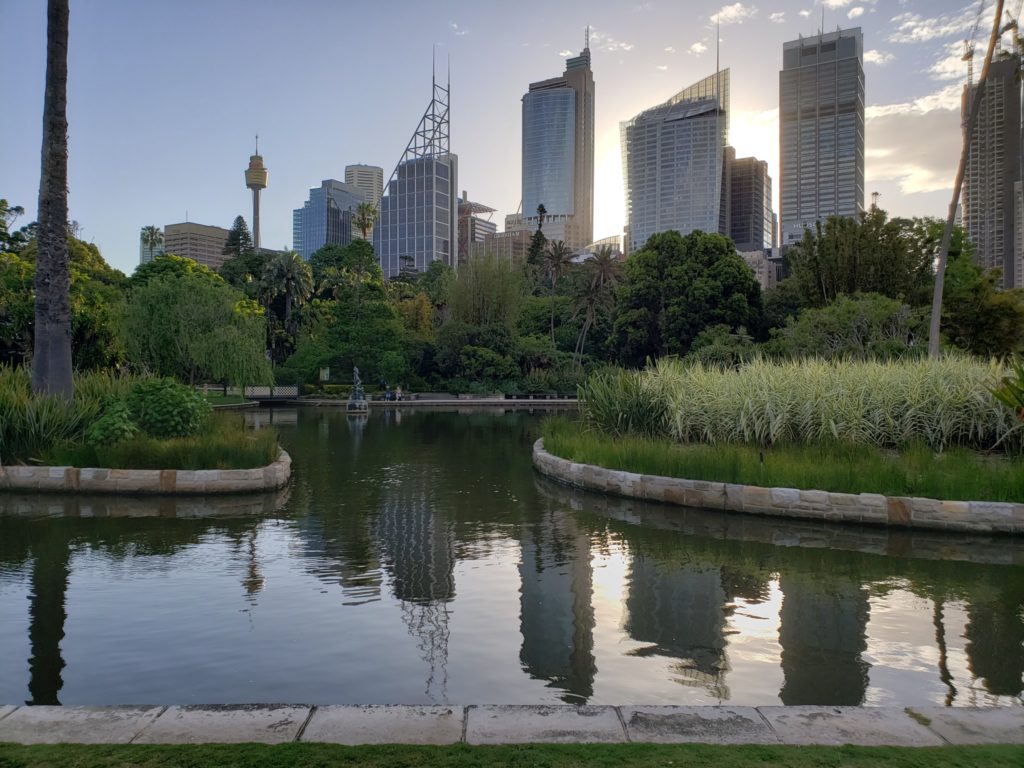

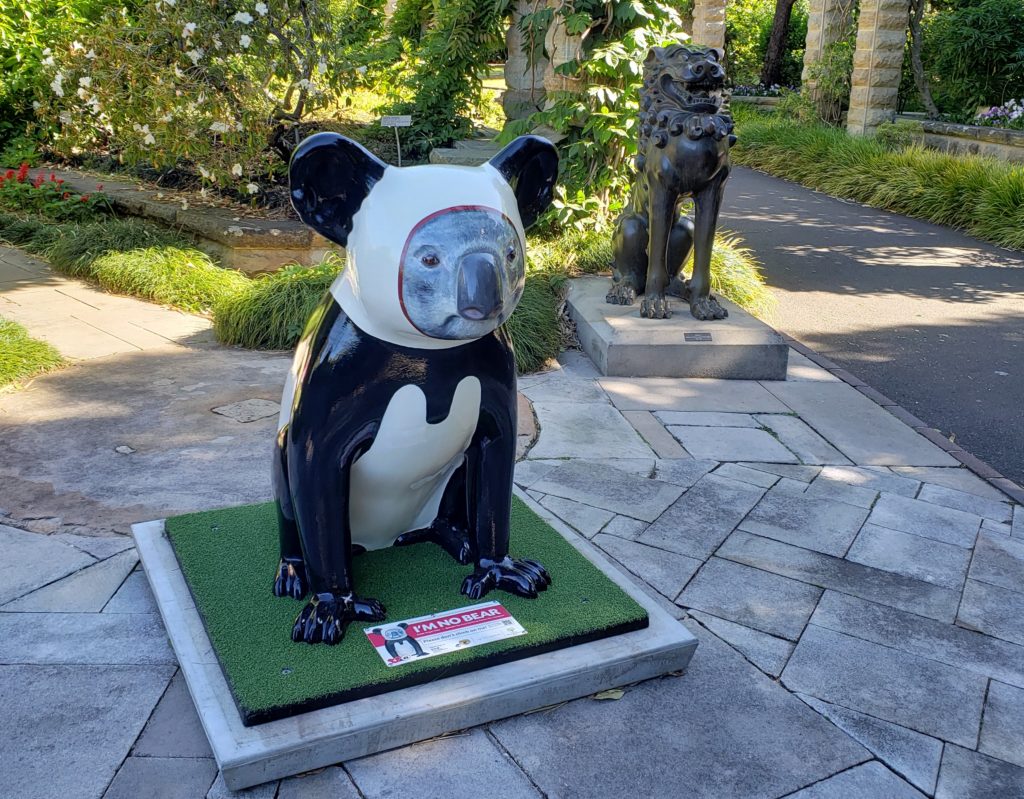
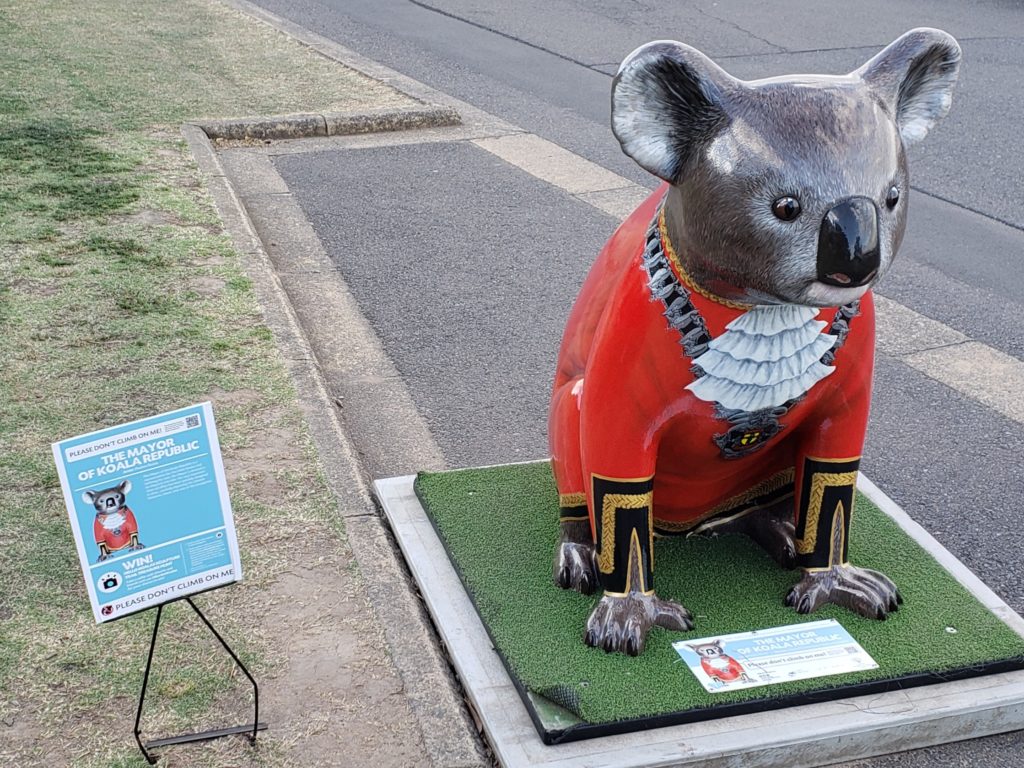
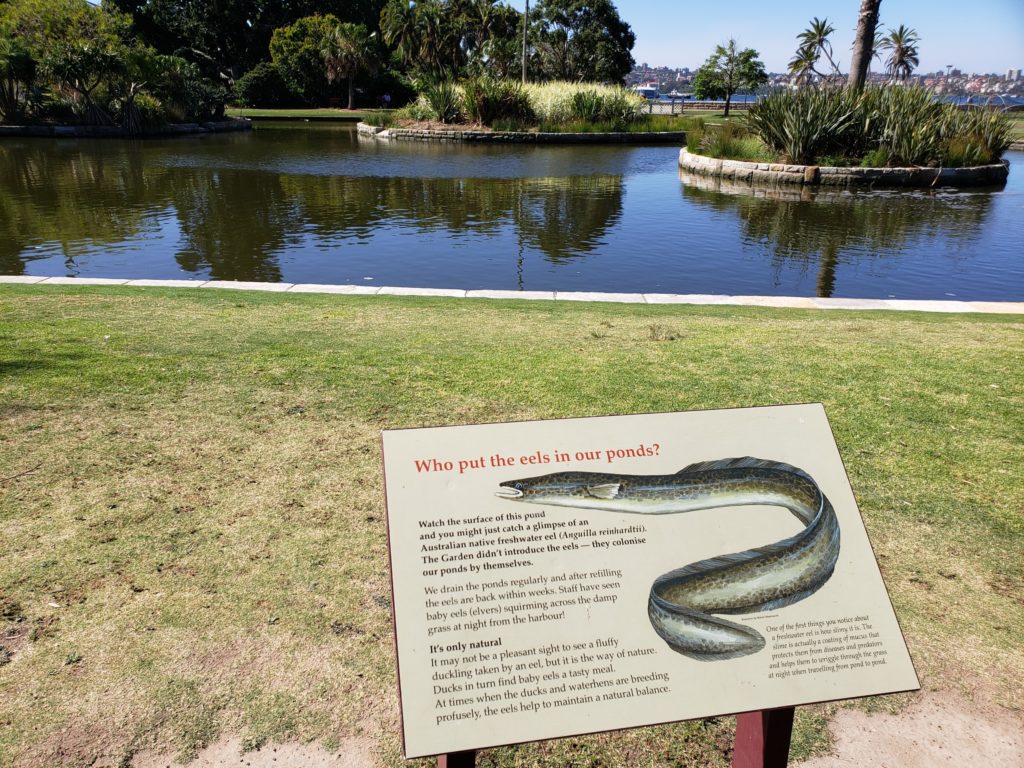

Sadly, if the koala was said to be going extinct before all those awful fires, imagine now how their species has dwindled! How sad!